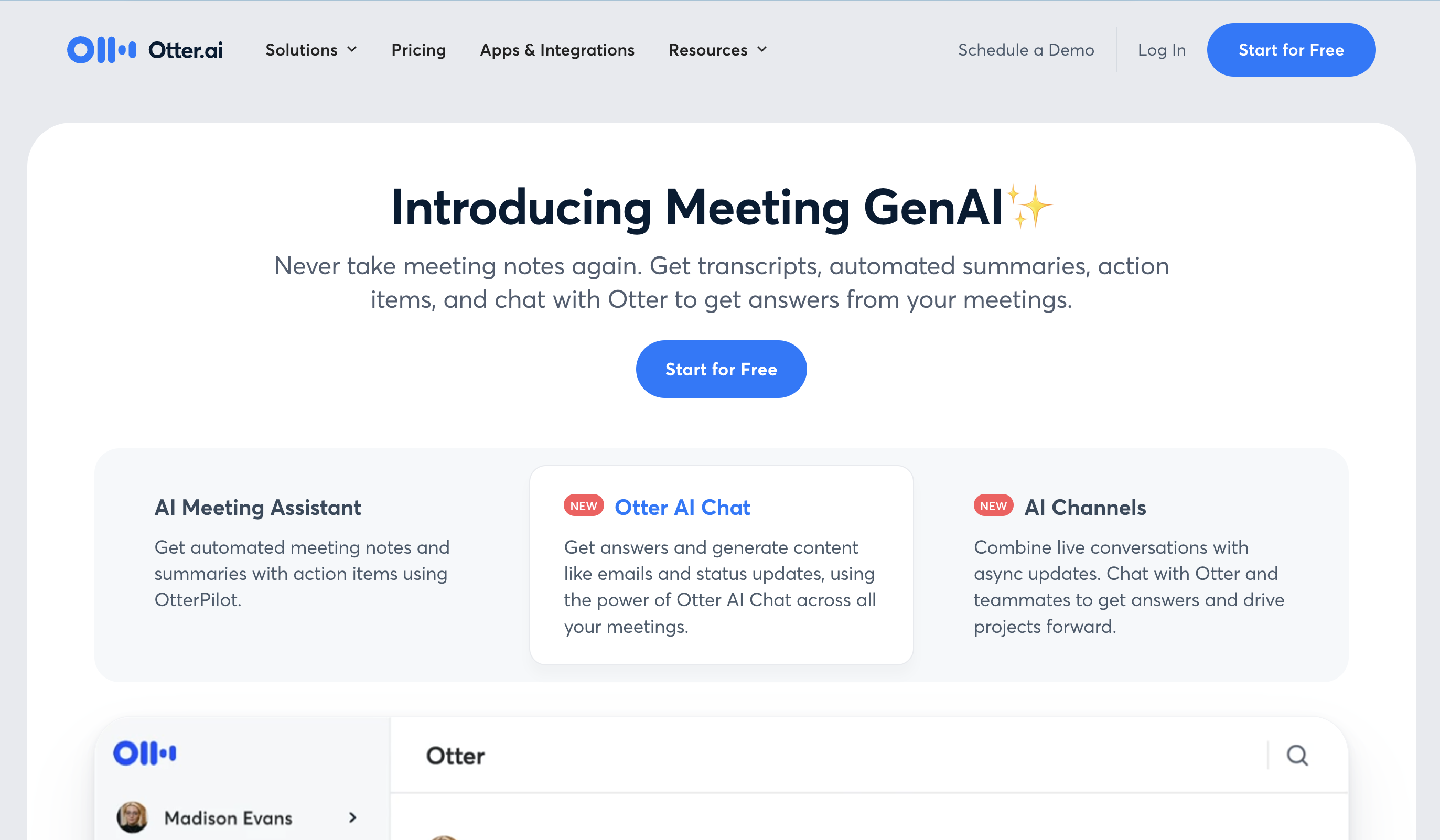![Top 7 AI Tools For Teachers [2024]](/_next/image?url=%2Fimages%2Fpuppetry-cover-teaching-gwNj.png&w=3840&q=75)
Top 7 AI Tools For Teachers [2024]
"Top AI Tools for Teachers in 2024 | Enhance Education", "Discover the top AI tools for teachers in 2024. Streamline processes, enhance engagement, and foster personalized learning experiences. Revolutionize the way you teach and learn with these innovative AI tools."
Best AI Educational Tools
Technology has emerged as a powerful ally in the ever-evolving landscape of education. These tools help us revolutionize the way we teach and learn.
Thanks to these innovations, the teaching and learning process has improved. Among these, artificial Intelligence (AI) tools stand out as a game-changer in education.
These teacher AI tools help you to streamline processes, enhance engagement, and foster personalized learning experiences for your students.
In other words, AI tools for educators help deliver and teach the lessons to students more effectively.
Think about this.
Creating lesson plans, checking test papers, and performing other teaching tasks take a lot of time and energy. You will most likely need to do this repeatedly per class and even per subject you handle.
Isn’t that too exhausting?
However, thanks to the available AI tools for the classroom, you can significantly cut all the time you need to do all these teaching tasks.
This is why it is not surprising that 99.4% of 509 higher education institutions in US are saying that AI will help them be more competitive in the next three years. That’s just how AI tools really change the system in the field of education.
As educators, embracing these cutting-edge AI classroom tools is not just a choice but already a necessity. This is for you to stay ahead of the curve and provide your students with the best possible education.
In this article, you will learn about the different paid and free AI tools for teachers that you can also use in the classroom.
Benefits of Using Teacher AI Tools
Integrating education AI tools into the classroom gives a lot of advantages that can impact the teaching and learning processes.
Here are some of the key benefits why you should consider using AI education tools in teaching your students.
Personalized Learning
AI tools for teaching can analyze student data, identify strengths and weaknesses, and tailor learning materials accordingly.
This personalized approach ensures that each student receives instruction tailored to their unique needs and learning style.
This helps maximize students’ potential for growth and understanding.
Similarly, you can also use these AI education software to create personalized quizzes, exams, lesson materials, and other teaching resources that are catered to your students.
You can also ask AI to create activities that match well with the interests of your students to increase interactive learning in your class.
Automated Grading and Feedback
Grading assignments and providing feedback can be a time-consuming and arduous task for you.
Even a simple short assessment exam can be so time-consuming, especially when checking the papers.
It’s even more exhausting if you need to personally correct and provide feedback to your students, such as checking essays or assignments.
In short, the assessment part of teaching can really waste a lot of your time and energy.
Luckily, there are different AI tools in education that also offer automated grading and feedback, making things easier for you as a teacher.
AI tools for education can automate these processes, freeing up valuable time for educators to focus on other crucial aspects of teaching, such as lesson planning and one-on-one student interactions.
Accessibility and Inclusivity
AI tools for education can create adaptive learning environments that cater to students with diverse abilities and learning differences.
Remember that diversity among students is one of the top challenges you need to face in your class.
There are students who have different strengths, weaknesses, needs, and even attention to give. Catering to these students is quite difficult, especially if you’re handling a big class.
You can use AI tools to create learning materials and even other teaching resources that will help you address diversity in your classroom effectively.
For instance, AI text-to-speech tools can assist students with reading difficulties. Meanwhile, captioning can benefit those who are deaf or hard of hearing, ensuring an inclusive and equitable learning experience for all.
Data-Driven Insights
By analyzing student performance data, AI can provide teachers with valuable insights into areas where students may be struggling or excelling.
This data-driven approach allows educators to make informed decisions and adjust their teaching strategies accordingly, ultimately enhancing the overall learning outcomes.
Collaborative Learning
AI-powered tools can facilitate collaboration among students, enabling them to share notes, engage in discussions, and learn from one another.
This fosters a sense of community and encourages peer-to-peer learning, which can be particularly beneficial in virtual or hybrid learning environments.
Furthermore, collaborative learning helps students to learn and understand lessons more effectively. Not only that, it also enhances a lot of other skills among students, such as communication skills.
7 Best AI Tools for Teachers Free and Paid
In this section, you will learn the top 10 AI tools used in education to help you in teaching your students. These are the teacher AI tools you should consider to promote better learning.
These AI educational tools have been carefully curated to address various educational needs, from content creation and grading assistance to personalized learning and collaboration.
1. Puppetry – AI Video Generator for Teachers
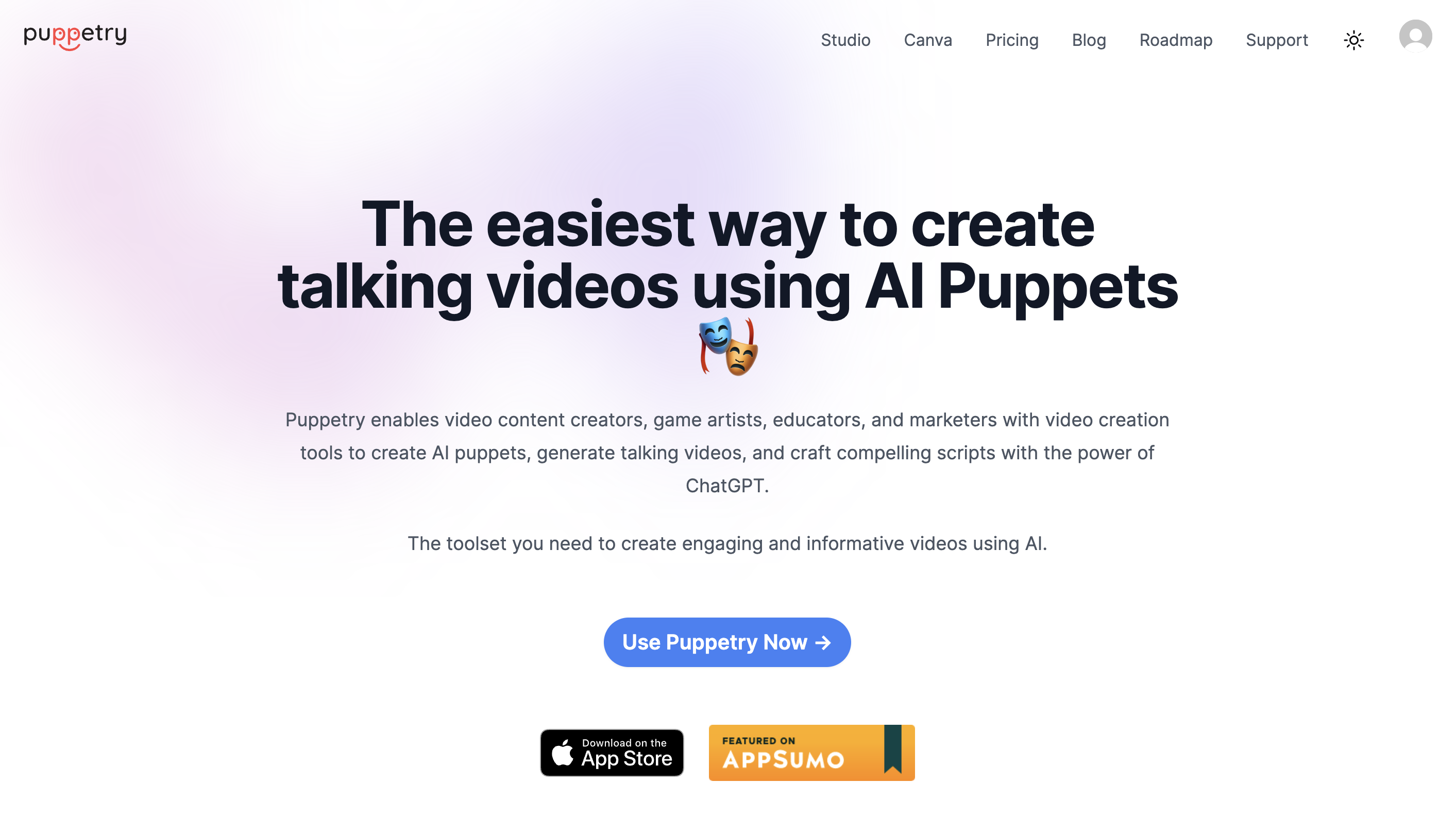
Puppetry is an AI video creation tool that makes videos using talking avatars. This tool is perfect for teachers because of its versatility and is one of the best AI presentation tools out there.
You can customize your avatars, use an existing one, and even create your own avatar using the ai image generation feature in the tool.
What’s more is that you can also cartoonize your avatars, making your videos even more engaging and attractive for the kids.
Remember that creating engaging learning materials improves retaining information among students.
You also need to remember the benefits of using visual learning in classroom. After all, videos as learning materials are one of the best techniques in employing visual education in your class.
You can use Puppetry to create learning materials, such as videos, to catch the attention of your students.
With Puppetry's amazing features, like AI text-to-speech, AI image generation, and cartoonization, you can create remarkable, highly engaging materials.
These materials will definitely help you in delivering supplementary lessons or materials that increase student engagement in the classroom.
Also read: AI Puppets for E-Learning
2. Quillbot
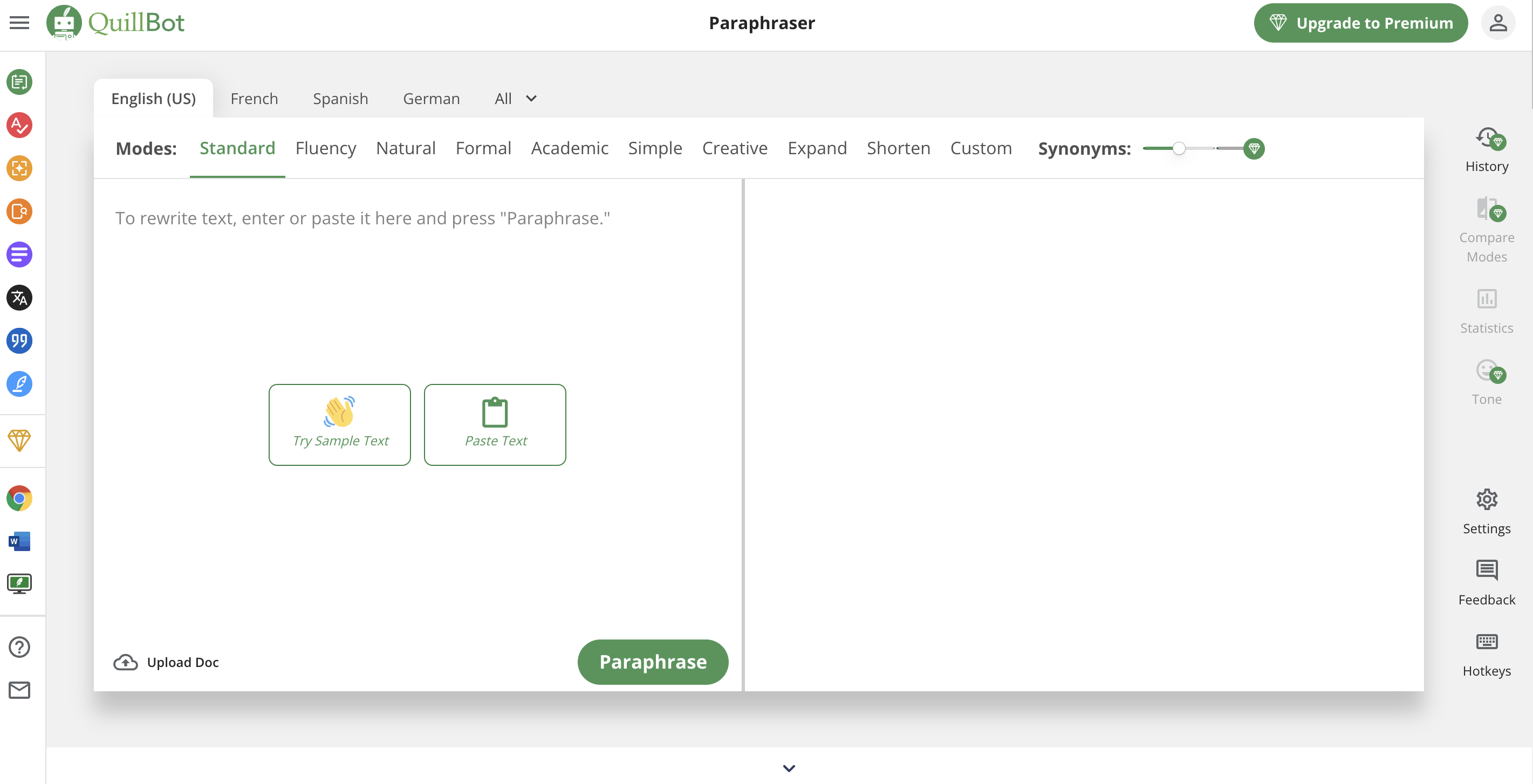
Quillbot is a versatile AI-powered writing assistant that can revolutionize the way you and your students approach written assignments.
This tool is a true content optimization powerhouse, offering a suite of features that can elevate your writing game to new heights.
This tool’s versatility is what truly sets it apart. You can easily paraphrase complex sentences into better ones, aiding readability among students. There are also a lot of features to offer, such as its plagiarism checker in the premium version.
3. Owlift
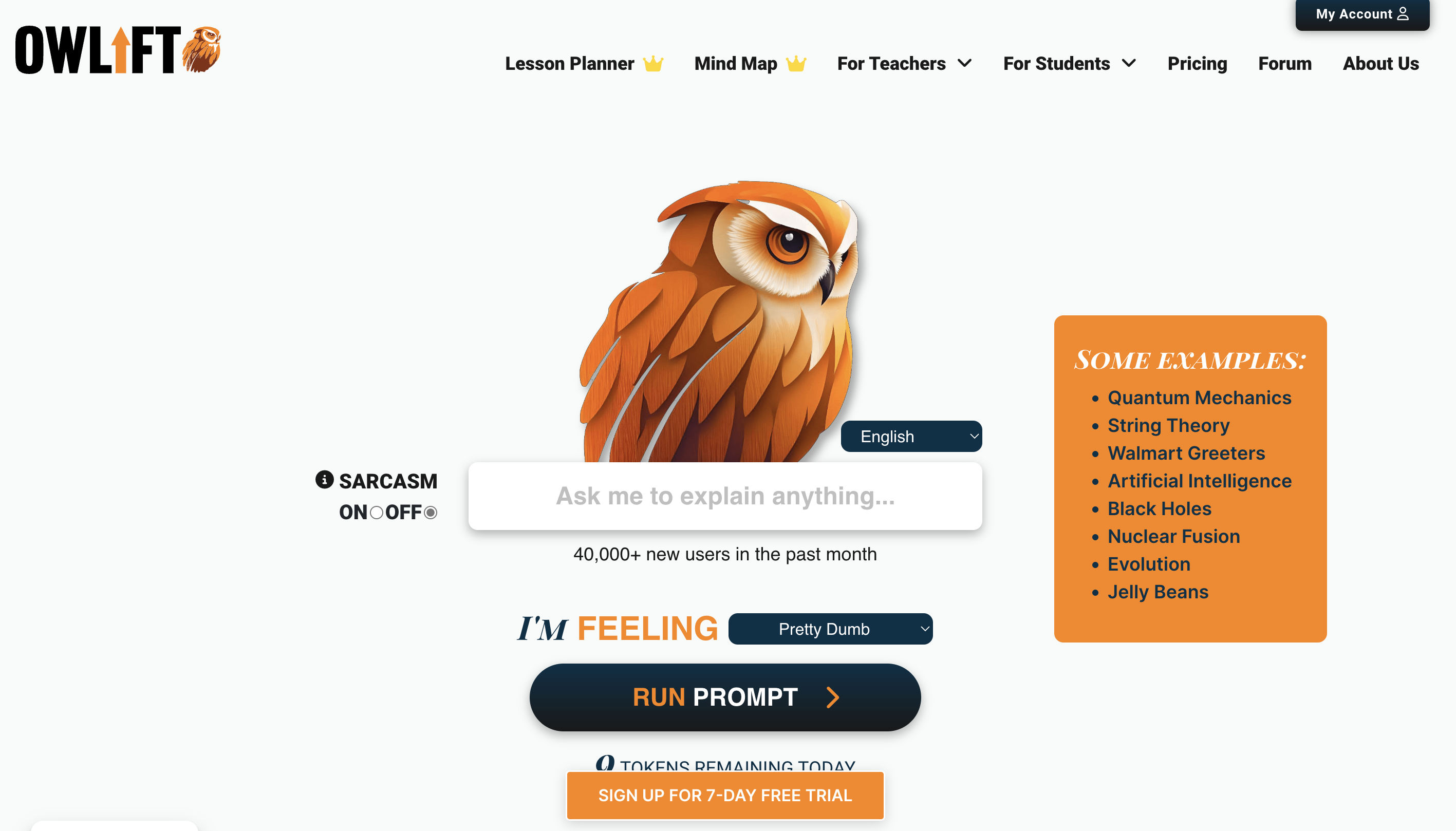
Struggling to turn topics into easier, digestible lessons?
You can use Owlift to help you ease the lessons you need to teach to your students.
Owlift is one of the best AI tools for students and teachers to help in understanding difficult concepts or lessons easily!
This content simplification tool helps in making even the most intricate topics accessible to learners of all ages and abilities.
Owlift, previously known as Explain Like I'm Five (ELI5), is a game-changer for educators and students alike. This AI-powered tool specializes in breaking down complex concepts into easy-to-understand explanations.
By breaking down barriers and presenting complex topics in a relatable manner, this tool empowers educators to reach every student, regardless of their learning abilities or backgrounds.
4. Grammarly
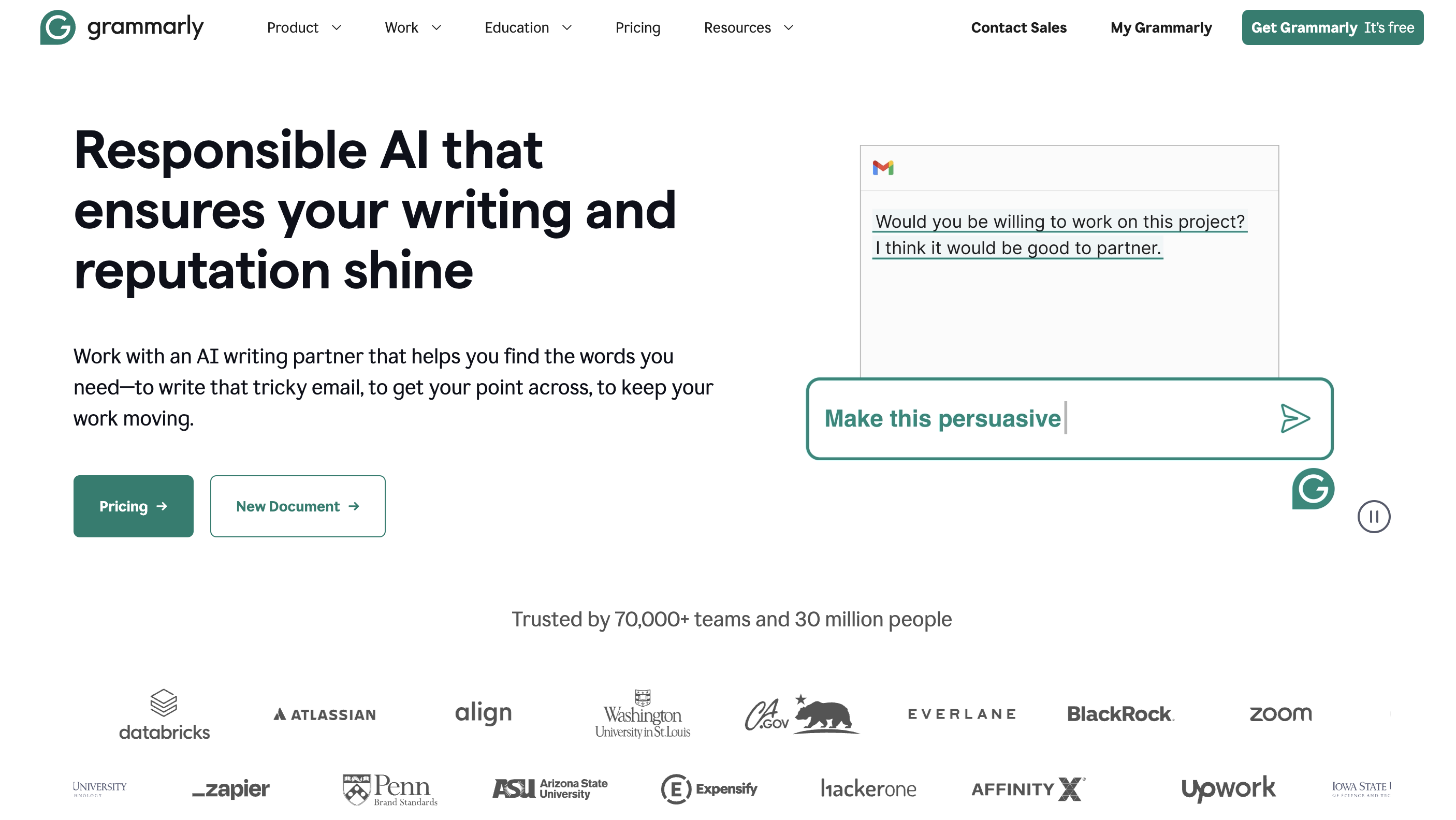
Who doesn’t know Grammarly?
Grammarly is one of the renowned AI writing tools that has become a staple in classrooms and academic institutions worldwide.
This tool is a true grammar guru, dedicated to helping students and educators to elevate their writing skills and produce polished, error-free content.
This AI tool is truly a superb grammar checker because of its features and capabilities that allows you to communicate clearly.
Typographical and grammatical errors are unacceptable in learning materials and even in teaching documents. Having Grammarly helps you in writing high-quality, error-free content with confidence.
You can also check the authenticity of your write up because this tool already has its own AI plagiarism detection feature.
Furthermore, you can even set the tone and the intent using this tool to ensure that your writing style matches the purpose of what you are writing.
Its ability to enhance vocabulary and writing style makes it an invaluable resource for fostering effective communication skills, a crucial aspect of academic and professional success.
5. Gradescope
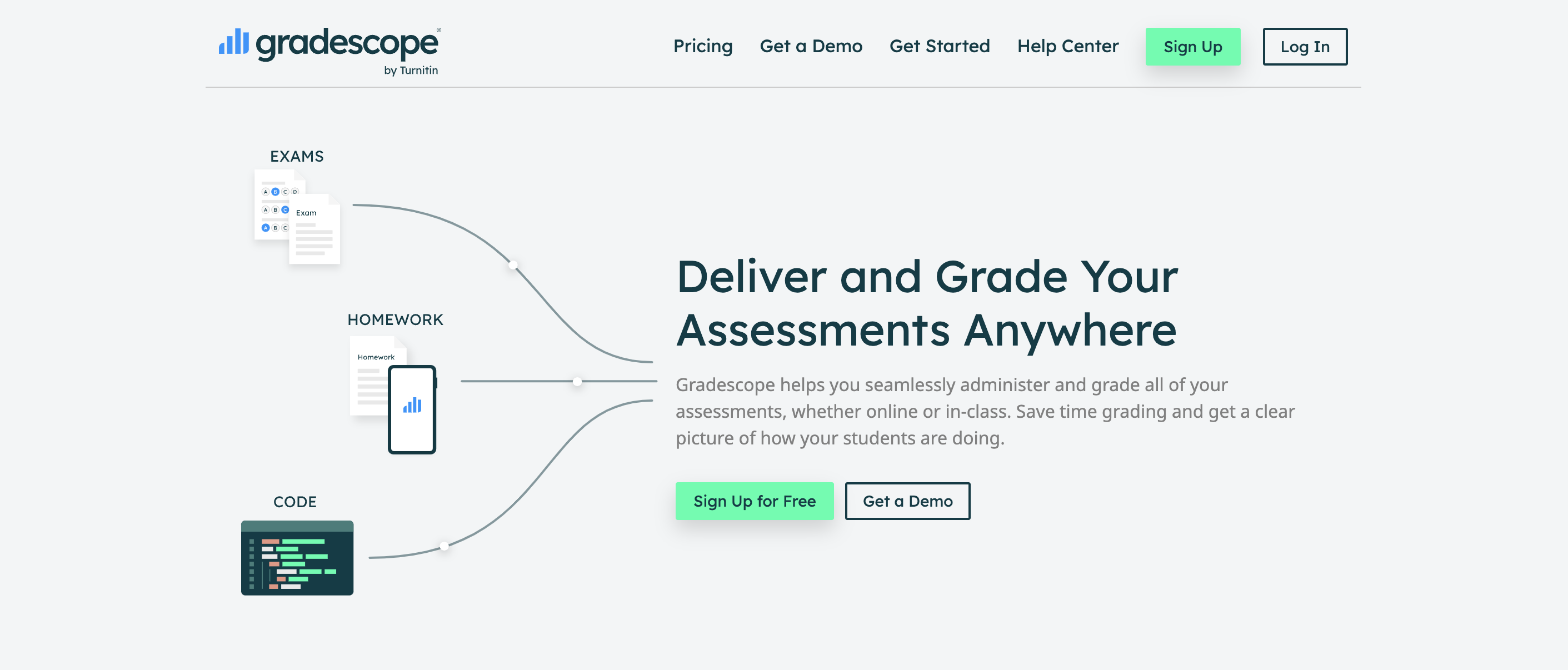
Grading students is one of the most time-consuming tasks of a teacher.
Not only does it involve inputting scores and giving feedback, but it is also time-consuming because you have to repeatedly do it for all the students you have.
Gradescope is an innovative AI-powered platform that streamlines the grading process, saving educators valuable time and effort.
This tool is a true grading genius, leveraging advanced technologies to automate tasks and provide insightful analytics.
This AI tool is truly a game-changer for educators who value efficiency and data-driven decision-making. By automating the grading process and providing valuable insights, this tool frees up precious time that can be reallocated to more meaningful interactions with students.
6. Otter.ai
Otter.ai is a cutting-edge AI-powered tool that revolutionizes the way students and educators approach lecture capture and note-taking.
This tool is a true lecture capture companion, leveraging advanced speech recognition and transcription technologies to ensure that no valuable information is lost during lectures or discussions.
Otter.ai's ability to capture and transcribe lectures and discussions in real-time is a game-changer for students and educators alike.
By alleviating the burden of manual note-taking, this tool enables students to fully immerse themselves in the learning experience, while still ensuring that valuable information is accurately recorded and easily accessible for future reference.
7. Quizizz
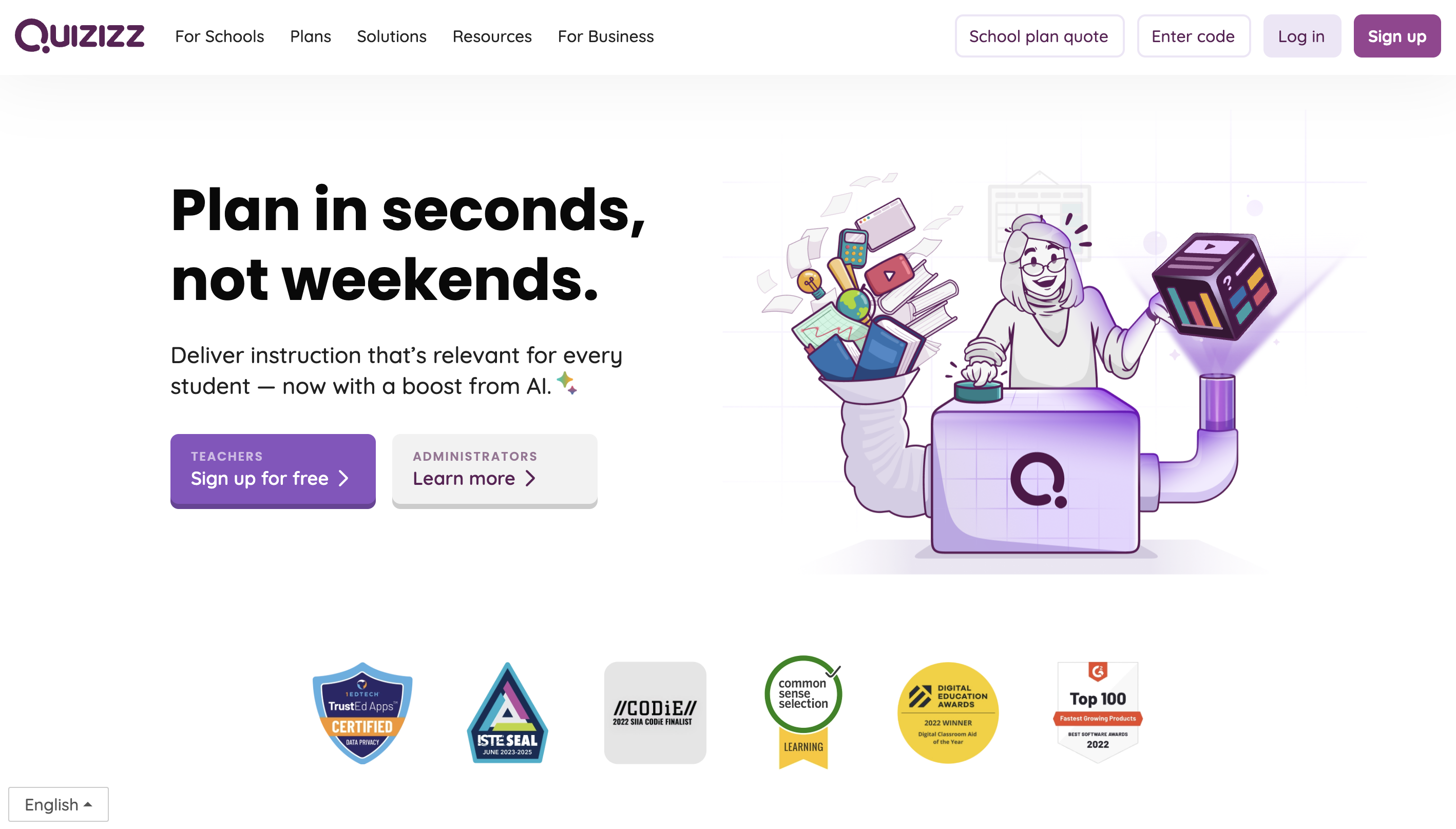
As a teacher, you can now conduct quizzes a little bit more engaging for your students.
Quizizz is an AI tool where you can easily create and assign quizzes to your students. It has many features and options for you to conduct and write assessments in your class.
This tool is also an AI education platform since you can access different quizzes and lectures from other users.
It also has an integrated AI quiz generation feature that allows you to easily create your item questions for an exam.
Aside from the question bank it has, you can simply upload the lecture or learning materials and let AI generate appropriate questions from the materials.
You can also use Quizizz as an AI education software that creates AI discussion questions to facilitate better teaching in your class.
Final thoughts
In the rapidly evolving landscape of education, embracing teacher AI tools is no longer an option but a necessity.
These top AI tools for teachers free and paid offer a wealth of opportunities to enhance the teaching and learning experiences, streamline processes, and foster personalized, inclusive, and engaging educational environments.
By leveraging the power of AI, educators can focus on what truly matters: providing high-quality instruction, fostering critical thinking, and nurturing the next generation of learners.
Remember, the true power of these AI tools lies in their ability to complement and enhance human expertise, not replace it. By striking the right balance between technology and human interaction, educators can create learning experiences that are truly transformative, engaging, and tailored to the unique needs of every student.
Related Articles
Discover more insights and expand your knowledge with these hand-picked articles
![How to Use AI for Coaching in 2024 [+ 6 AI Tools for Coaches]](/_next/image?url=%2Fimages%2Fhow-to-use-ai-for-coaching-I3Mz.png&w=828&q=75)
How to Use AI for Coaching in 2024 [+ 6 AI Tools for Coaches]
Discover how to use AI in your coaching business and leverage its power to scale this year! Read more in this article today!

Top 7 AI Course Creation Tools for 2025
Today’s guide highlights the top e-learning authoring tools to create content faster, while keeping its quality.
![Top 5 AI Video Generators You Should Try [2024]](/_next/image?url=%2Fimages%2Ftop-5-ai-video-generators-you-should-try--2024--Y5Mz.png&w=828&q=75)
Top 5 AI Video Generators You Should Try [2024]
Think video creation is expensive, technical, and time-consuming? Let me show you that it's not. Please read about our top 5 AI video generators of 2024 today!
Ready to Create Amazing Content?
Join thousands of creators who use Puppetry to bring their ideas to life. Start creating engaging content today with our AI-powered platform.
